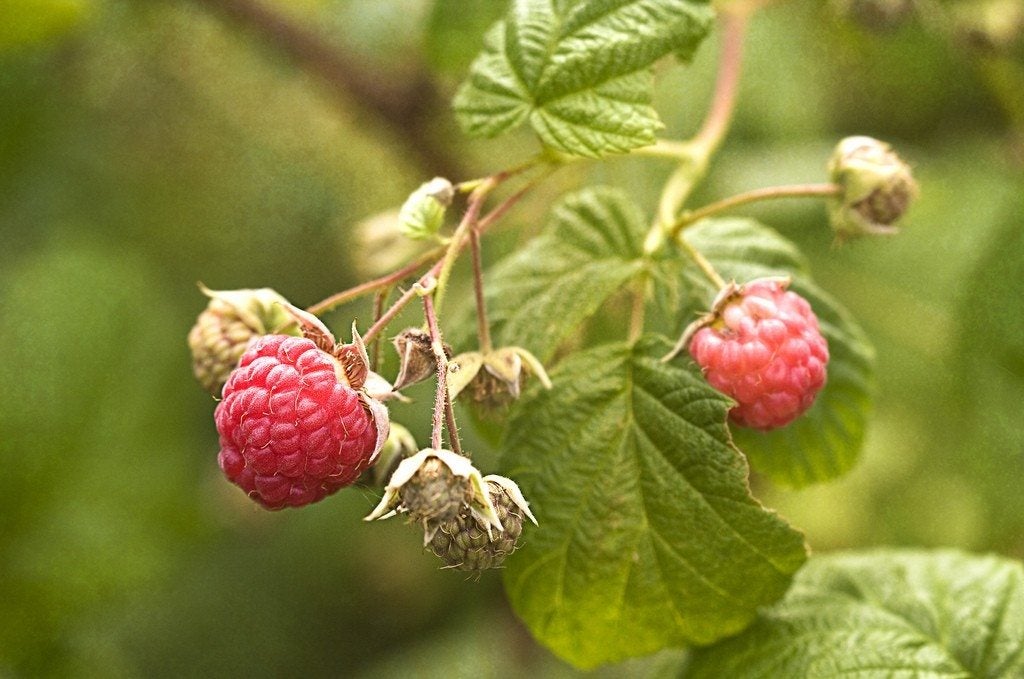What Is Tobacco Streak Virus: Learn About Tobacco Streak Damage On Raspberry Plants


Raspberries are interesting landscaping choices for a casual garden, producing fountains of flowers in the spring, followed by sweet, edible berries. Even raspberries get sick sometimes, but if your canes are carrying the raspberry streak virus, it's not usually a serious problem. Raspberry streak virus is considered a very minor virus in raspberry plantings.
What is Tobacco Streak?
Tobacco streak virus belongs to the genus Illavirus and appears in a wide range of plants, from tomatoes to cotton and even soybeans. It is an incurable disease that causes visual damage to fruits, but doesn't necessarily kill plants, although many gardeners will see reduced production due to the stress this virus causes. Tobacco streak virus goes by many different names, depending on the plant infected.
Tobacco Streak Virus in Berries
Tobacco streak virus is responsible for the symptoms of the disease commonly called raspberry streak. This disease is widespread in raspberry plantings, but mainly affects black raspberry varieties. Purple streaks may appear around the lower portions of infected canes, or unusually dark green leaves form that are hooked or rolled. Leaves on the lower sections of the canes might also be yellowed along the veins or mottled throughout. Tobacco streak damage in raspberry fruits causes them to ripen unevenly, develop unusually small fruits, or have fruits that are overly seedy or blotchy with a dull appearance. While edible, these fruits often lack any real flavor. Since virus distribution can be extremely uneven, some canes may be affected while others are perfectly fine, making diagnosis difficult.
Raspberry Tobacco Streak Virus Transmission
The exact mechanism of transmission of raspberry streak virus is poorly understood, but it is believed to be vectored in pollen. Pollination can spread the virus throughout a raspberry field in five to six years, but there seems to be an environmental component involved in the speed of virus spread. Thrips have been implicated in virus transmission, so frequently checking for these tiny pests is recommended. Controlling raspberry tobacco streak virus is not possible once plants are infected, causing many home gardeners to remove troubled plants and seek out virus-free replacements. Since home garden raspberries tend to be isolated from other members of their species, unlike field-grown raspberries, virus transmission may be stopped completely by replacing infected plants.
Sign up for the Gardening Know How newsletter today and receive a free copy of our e-book "How to Grow Delicious Tomatoes".

Kristi Waterworth was a regular contributor to Gardening Know How for many years, answering countless queries on plant pests and diseases.